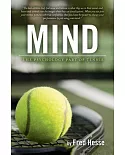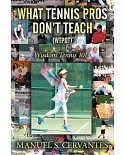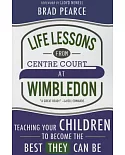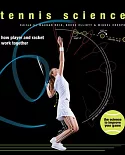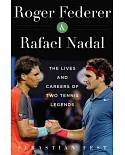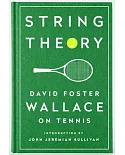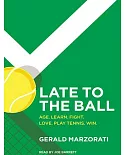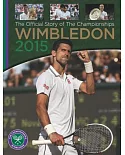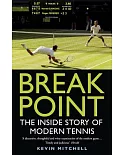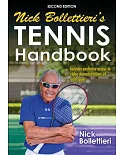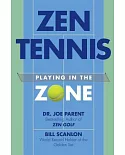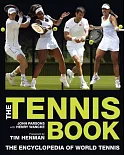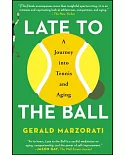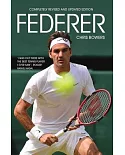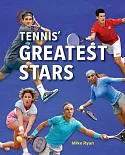If you are like most people, you enjoy most activities at which you are the most skilled. So it is with tennis. The better you are at it, the more you enjoy it. Whether you are just learning
the game or are an experienced player, you can improve. The question is: Do you want to improve?You are most likely to want to improve if it’s easy.That’s why we wrote this book. We want to
make it as easy as possible for you to improve so you can enjoy tennis more.So what’s different about the book? How does this book make it simple for you to improve in singles, doubles, or
both?First, is the concept of faults and fixes. You’re not likely to improve unless you know what your improvement needs are. We call these your faults. Then you need one or more simple
guidelines to make improvements. We call these fixes. Not only do we cover how you can identify and correct your faults; we also cover how you can prevent faults—how to do it right in the first
place.Second, we cover on one page how you can learn or improve in each of seventy-three tennis skills—thirty-five Level I skills for beginning and intermediate players and thirty-eight Level
II skills for those who want advanced skills. We boil each skill down to a one-syllable guideline—a focus word. For example, the focus word for your groundstroke drive is: LIFT. Start low and
end up high. This is the single most important guideline for you to remember if you want to have an effective groundstroke drive. Other examples are:Focus word for block volley is PUNCH. Flat
serve - SNAP. Serve return drive - CLIP. Approach shot drive - DRIVE. Flat lob - LIFT. Flat overhead - REACH. Block drop shot- BUMP. Placement - AIM. Anticipation - READ. What could be
simpler—or more effective in helping you to improve a skill?Third, we make a clear distinction between doubles skills and singles skills. Obvious? Not so. For example, in doubles you don’t
necessarily serve to your opponent’s weakness. Rather, you serve to set up a poach for your partner. Another example: In singles, you can play a backcourt game. In doubles, good opponents who
come to the net may crush you if you and your partner play a backcourt game.Fourth, we promote your use of a one-sentence 80/20 strategy. Your strategy is what you do well and to avoid what you
don’t do well. We believe you can achieve 80 percent of your tennis results through 20 percent of your tennis skills.Fifth, we have developed two one-page tennis performance rating forms— one
for singles and one for doubles—to help you identify your most pressing faults and fixes. Just ask a qualified third party such as a tennis coach, pro, or player to observe your game for a set
or two and to complete the performance rating form. He/she will give you a numerical performance rating for each of ten factors—to identify your top priority needs and to suggest one to three
improvement actions. The performance rating is comprehensive but simple. More importantly, it gives you objective input about how you can improve.If you are a social tennis player, you may not
want to embark on a tennis improvement program. You just want to play and enjoy it. If so, use this book only as a reference. Use it to look up a fault—such as a deficient backhand serve
return—and fix it. Or maybe you find you want to add some placement variety to your serve. Or maybe you want to resolve a dispute with your doubles partner about who should return the ball your
opponent hits between you and your partner. On the other hand, if you have a long-term commitment to tennis and want to realize your tennis potential, this book can provide you with months and
even years of improvement opportunities. Just start where you are, fix one or two obvious faults, then address another one or two, and so on. In either case—whether serious or not so serious,
improve your tennis so you can enjoy the game more.Roger W. McKeeRaymond O. Loen


